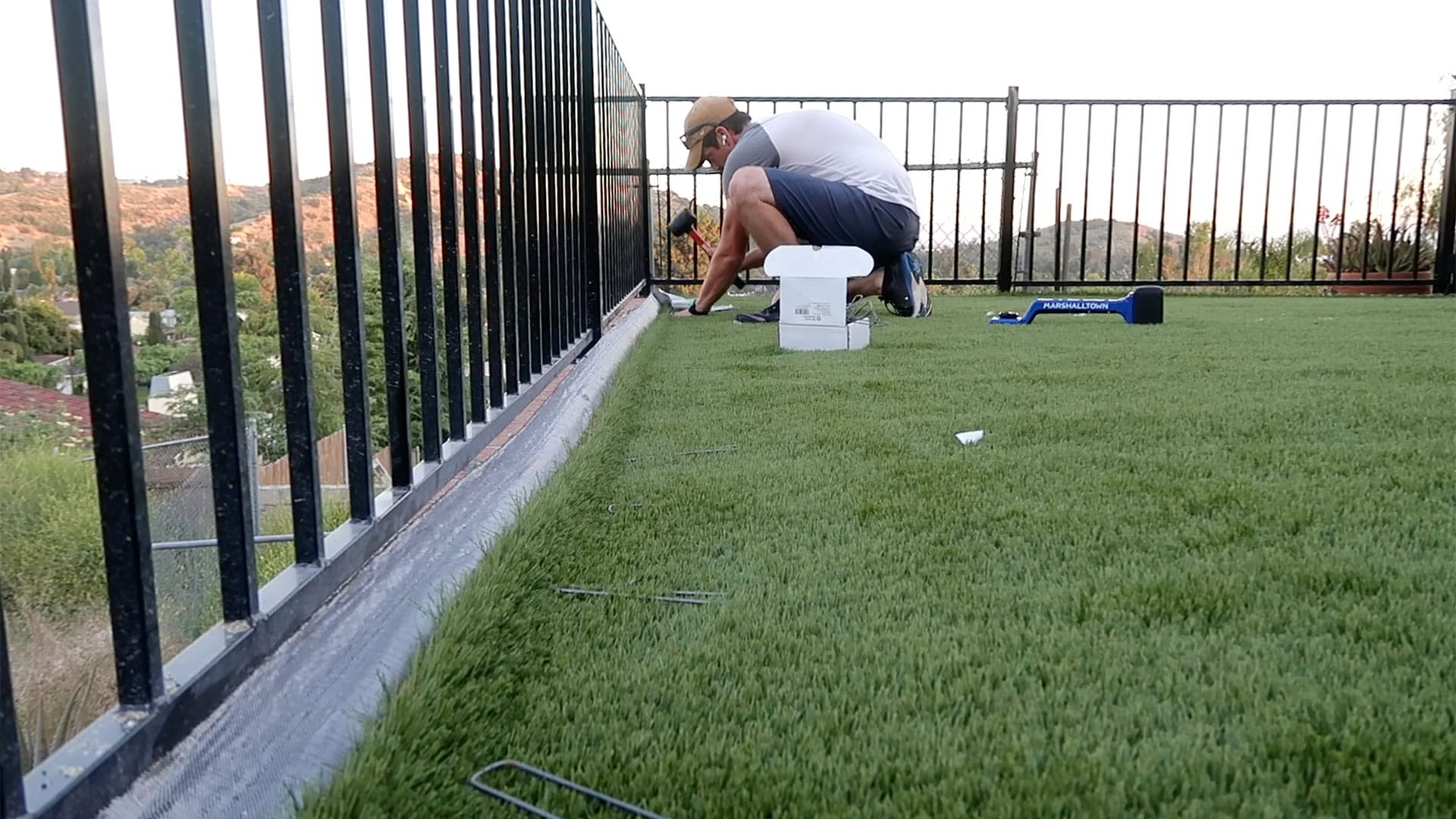If you’re looking for an affordable, durable, and environmentally friendly way to transform your yard or sports field, consider installing the artificial turf. This field type is designed to withstand the most challenging conditions and offers year-round play, fewer injuries, and less maintenance.
If you decide to build an artificial turf field construction, getting it right the first time is essential. The installation process can be complicated, but it can be a rewarding project if you’re prepared for it.
Laying the Base
The base of an artificial turf field is essential for the installation to last and function properly. It provides the foundation for the grass and protects it from water, ice, frost, and weather damage.
Before laying the base, determine the material you will use for it. A 3-4 inch layer of a construction-grade crushed stone is ideal for most climates to allow for drainage and provide a base for the turf.
A weed barrier should be placed under the base to protect against weeds that may grow through the floor. The ground should be compacted before laying the turf to ensure a smooth surface.
Once the base is ready, spread a layer of the builder’s sand over it to level it. You can also use a landscaping rake to distribute and compact the sand evenly. Once firm, lay the turf on top and secure it with nails spaced every 3 “-4” along the perimeter and every 12 “-24” throughout the area.
Preparing the Surface
Preparing the surface of your artificial turf field is a crucial step to ensure that the finished product looks and functions properly. It includes removing all natural grass or other ground cover and preparing the foundation.
The base of the synthetic turf needs to be smooth and even provide a comfortable surface for players to walk and play on. It must also be permeable to allow water to drain quickly and effectively.
In addition, the base must be graded and compacted to make it stable. This prevents sloping or caving and helps the turf to lay flat and level over time.
Once the base is ready, a layer of porous aggregates is added to help it drain. This is done using a specific gradation of stone products, known as “aggregates.”
Finally, an e-layer pad is installed on top of the porous foundation. This layer is a mixture of rubber and Washington Rock’s e-layer stone. This adds ballast and creates a firm yet soft pad that FieldTurf says is ideal for soccer, football, rugby, and other sports.
Laying the Turf
You need a smooth and even base to get the turf to look its best. That means digging out six inches of topsoil and putting down a layer of sand and pea stone mixture that has been tamped down to 90%.
Next, lay down a weed barrier, which reduces the chances of weeds growing up through the turf and makes it easier to keep the area clean. You can also add drainage pipes for easy water clearout.
Once the base is ready, it’s time to lay the turf. This is an exciting step, but it can be stressful if you do it alone.
Before you begin, check your yard for underground hazards like sprinklers and electrical lines. Move these away from the area’s perimeter by six to eight inches to ensure they won’t be damaged when you secure the edges with landscaping pins.
Applying the Turf Fill
The Turf Fill is one of the most essential parts of an artificial turf field. It helps keep the grass blades upright and prevents them from forming a matted surface.
There are several primary types of infill for artificial turf, and all provide different benefits. Some are more cost-effective than others, and some are better suited to specific applications.
Silica sand is a popular infill for artificial turf and offers good performance. It is also inexpensive and easy to use.
Durafill sand is another option similar to silica sand but made from a rounded quartz core. It is a non-abrasive and anti-microbial infill that does not trap heat or absorb liquids, making them easier to drain through the turf.
Rubber is another popular infill for artificial turf. It is often sourced from recycled tires ground into tiny granules.
Apply the infill to the turf using a drop spreader. You can also use a wheelbarrow or shovel, but it is better to spread the infill evenly with a drop spreader.
